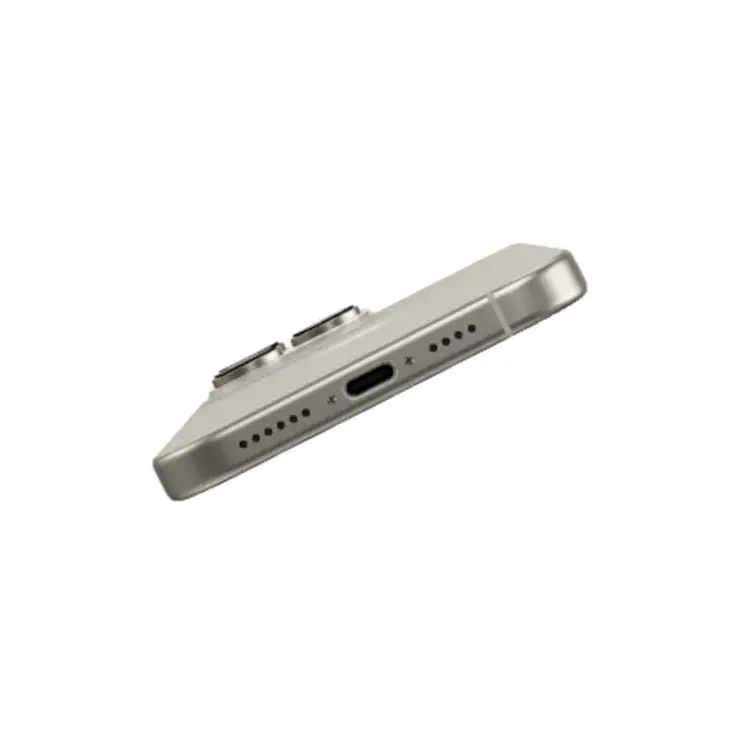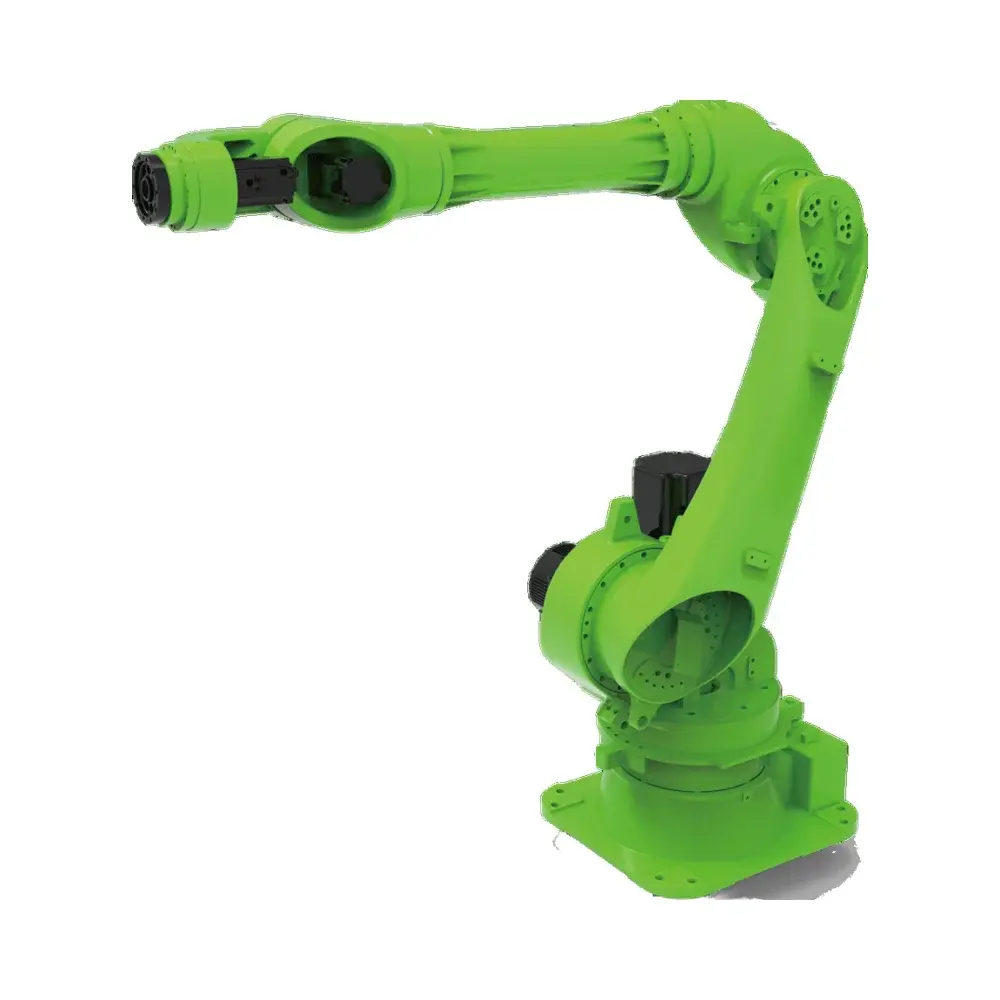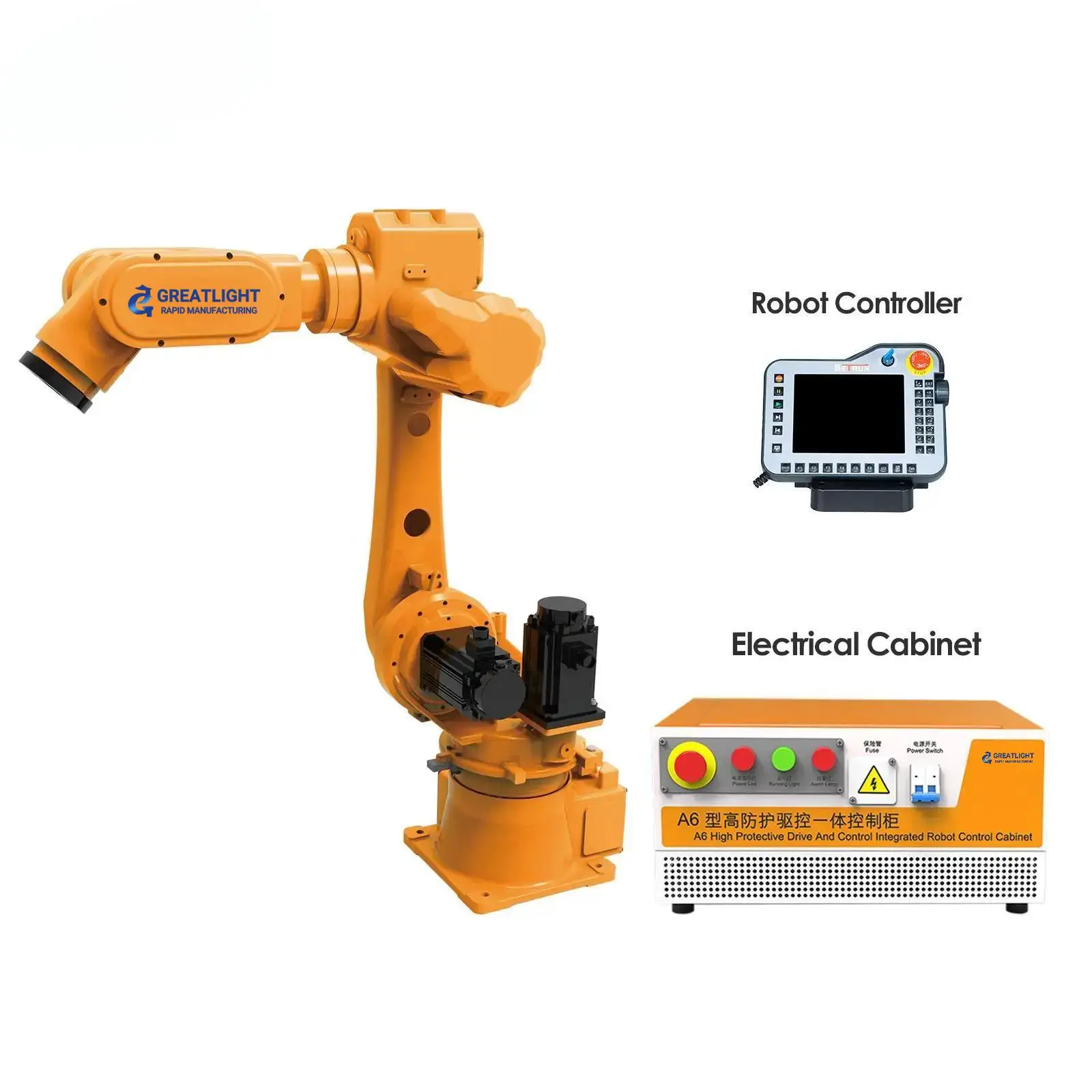Transparent 3D Printing: Mastering Clarity from Material Science to Post-Processing Perfection
The Transformative Power of Optical Transparency
Transparent 3D printed components have revolutionized prototyping and manufacturing across industries. From optical-grade corrective lenses to microfluidic lab-on-a-chip devices, the demand for crystal-clear functional parts grows exponentially. Product designers validate bottle ergonomics with seamless prototypes, dental surgeons rely on transparent guides for precision implantology, and engineers simulate fluid dynamics in automotive differential housings. Even architectural models and custom lighting fixtures leverage the aesthetic potential of high-transmission resin printing, enabling intricate geometries impossible with glass or acrylic.
Core Methodologies for Optical-Grade Output
1. Resin Vat Photopolymerization (SLA/DLP/MSLA)
As the gold standard for transparency, liquid resin systems cure layer-by-layer under UV light, minimizing visible layer lines. Industrial SLA 3D printing achieves over 91% light transmission when optimized. Key resin types include:
- Standard Clear Resins: Budget-friendly for prototypes (e.g., Anycubic Clear)
- Engineered Optical Resins: High-refractive-index formulations that rival glass (e.g., Boston Micro Fabrication HTX)
- Blue-Inhibited Resins: Counteract UV yellowing with photostabilizers (e.g., Liqcreate Clear Impact)
Specification highlights: Patented resins like Somos WaterClear reach 0.0003% haze levels post-processing, meeting FDA standards for medical devices.
2. Material Jetting (PolyJet/Mimaki)
Stratasys PolyJet’s multi-material transparency pairs VeroClear resin with soluble supports, enabling complex assemblies. With droplet resolutions of 18µm, projects requiring embedded electronics (e.g., lenses with printed circuitry) achieve unprecedented integration. Mimaki engineering-grade printers combine CMYK color blending with transparent layers for realistic scale models.
3. FDM Transparency Engineering
Though challenging, filament-based transparency offers scalable production:
- Co-extruded filaments: Polymaker PolySmooth uses PVB cores for ethanol-based polishing
- PETG/COP/PC filaments: Low crystallinity polymers minimize light scattering
- High-temp engineering plastics: PEI (UItem) maintains clarity at 180°C
Hyper-Optimized Printing Protocols
Resin Systems
- Refraction Matching: Use resins with refractive indices near 1.50 (matching standard polishing compounds)
- Overcure Prevention: Limit UV curing to 2x recommended time to prevent chain scission yellowing
- 100% Infill Imperative: Eliminate internal voids with full-density printing
- Advanced Peeling: Configure slow retract speeds (<1mm/s) to reduce suction-induced micro-bubbles
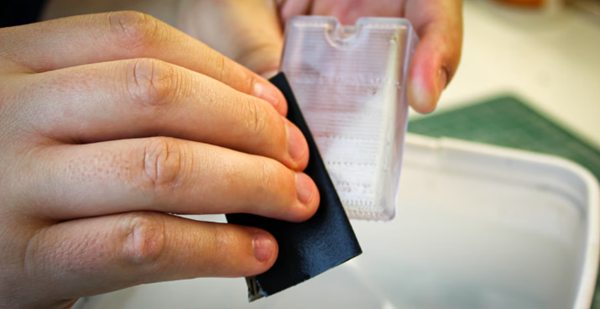
Filament-Based Mastery
Achieving X/Y-axis clarity requires fundamentally different physics than Z-axis transmission. Recommendations from Taulman3D R&D:
- Nozzle-to-Layer Height Ratio: 0.7–0.9x nozzle diameter layers (e.g., 0.6mm layer with 0.8mm nozzle)
- Thermal Control: Print temperatures at upper material limit +5°C (PETG: 255°C) with cooling disabled
- Slow Extrusion: 30% reduced speed for optimal polymer chain alignment
- Over-Extrusion Strategy: 108% flow rate ensures seamless layer fusion
Post-Processing Alchemy
Step 1: Surface Reconciliation
- Wet Sanding Progression: 360 → 600 → 1200 → 3000 grit silicon carbide papers
- Multi-Stage Polishing: Diamond paste (5µm→1µm→0.5µm) on felt wheels
- Vapor Smoothing: Ethanol vapor baths for PVB, acetone-free solvents for copolyesters
Step 2: Optical Enhancement Technologies
- Anti-Yellowing Treatments: UV-blocking dip coatings like 3M™ Clear Coat
- Photobleaching: Proprietary systems flood parts with controlled-spectrum light
- Resin Infiltration: High-refractive-index coatings (n=1.55) fill microscratches
- Thermal Annealing: For FDM parts – 15°C below Tg for 30 mins
Frontier Materials Redefining Transparency
| Material | Light Transmission | Haze | Key Applications |
|---|---|---|---|
| Nanocure ACA | 92.7% | 0.05% | Microfluidic chips |
| Carbon RPU 70 | 76% at 2mm thickness | 1.3% | Automotive lighting |
| 3DXSTAT ESD | 84% + ESD properties | 1.8% | Semiconductor tooling |
| Dental Clear (Bego) | ISO 10993 certified | 0.2% | Surgical guides |
Industry Transformation Case Studies
- Luxexcel: Leveraging proprietary 3D printed corrective lenses with integrated AR projection layers acquired by Meta. Their VisionPlatform™ system achieves <0.1 diopter variance.
- Chrysler: Validated gear oil flow dynamics using transparent axle housings, reducing pump cavitation by 23% through optical analysis.
- Boeing: Clear cockpit panels with embedded wiring channels reduced assembly hours by 400% versus traditional methods.
Limitations vs. Reality
While desktop printers can produce visually clear components, true optical functionality requires:
- Industrial-grade oxygen-controlled tanks reducing inhibition zones
- Nanometer-scale surface finishes (Ra<0.05µm) unattainable via polishing
- Post-cure wavelength precision (+/-5nm) preventing molecular degradation
This bifurcation highlights why services like Mohou’s 800mm build-volume SLA are essential for aerospace/micro-optics projects demanding lab-grade clarity.
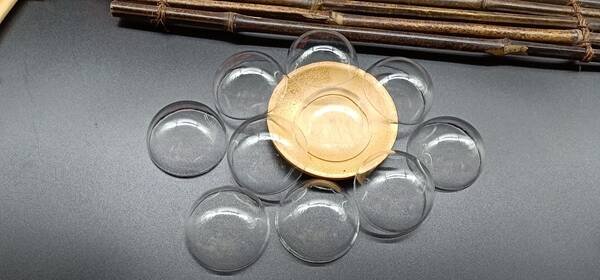
Next-Generation Innovations
Active research focuses on:
- Self-Polishing Resins: Chemical surfactants migrating to surface during cure
- Switchable Opacity Systems: Electroactive polymers changing clarity states
- In Situ Annealing: CO2 laser polishing simultaneous with FDM deposition
Emerging ISO/ASTM standards for transparent part validation include:
- ASTM D1003 – Standard Test Method for Haze and Luminous Transmittance
- ISO 21534 – Implants transmission accuracy grading
Strategic Implementation Guide
-
Application Filter:
- Cosmetic prototypes → Desktop SLA + spray coating
- Fluid analysis → Castable silicone molding from transparent masters
- Optical surfaces → Industrial DLP + robotic polishing
-
Cost Analysis:
- Desktop resin part ($1-5/cm³) vs. industrial optical grade ($25-100/cm³)
- Vendor Checklist:
- Refractive index documentation
- Post-process validation reports
- Yellowing acceleration test data
The physics of light transmission imposes natural limits, but understanding the intersection of rheology, photochemistry, and surface thermodynamics empowers unprecedented innovation. As material science bridges the gap between polymer and optical crystal, transparent 3D printing reshapes how humanity manipulates light itself.



























